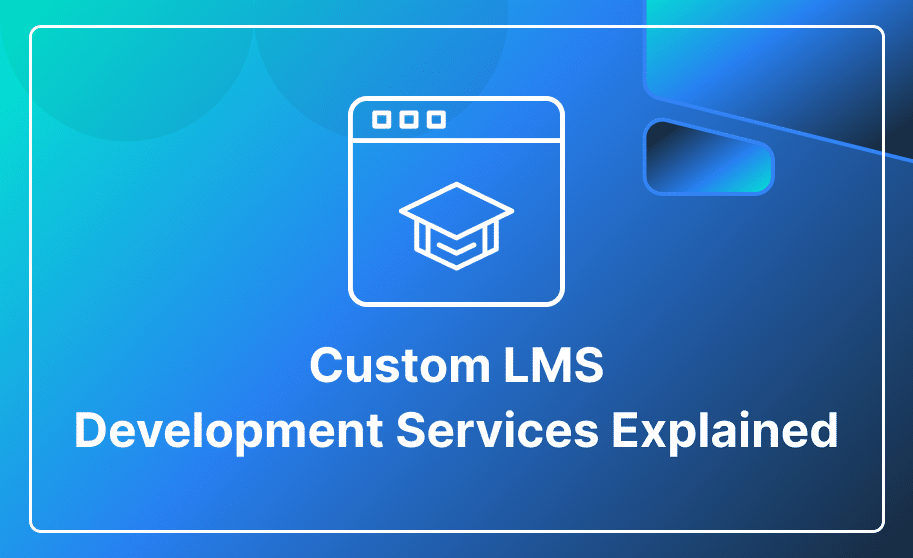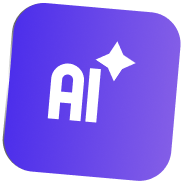For many years, the go-to method for creating software applications was hiring expert software developers. In the past, having the expertise of a developer was the only practical way to bring your ideas to life, be it creating a new website or app.
As technology progressed, software creation became accessible to a broader audience, allowing individuals without technical expertise to create technological solutions. No-code platforms allow citizen developers to design and build apps and websites without extensive coding skills.
The no-code trend is on the rise because of its rapid, cost-effective, and user-friendly nature, making it easy to bring your ideas to life.
A Comprehensive Overview of the No-Code Movement
The no-code movement represents the significant shift in software development where individuals without traditional programming or coding skills, can build software applications without writing code.
The objective of this movement is to make the development process more inclusive by providing user-friendly interfaces, drag-and-drop tools, and other accessible features.
Who are Citizen Developers?
The term “Citizen Developers” refers to individuals who can build applications, websites, or functionalities using no-code platforms. They do not need extensive technical skills in software development, but a little training on the platform itself.
The Essence of No-Code and Low-Code Movement
The no-code and low-code movements are software development approaches that aim to simplify and accelerate the process of building applications, websites, and functionalities.
Low-code enables developers to build applications with minimal hand-coding whereas no-code allows individuals without coding knowledge to create applications using visual interfaces, drag-and-drop tools, and pre-built components.
The Growing Momentum of No-Code Software Development
The no-code movement is becoming increasingly popular as more people are turning to no-code platforms to revolutionize their businesses. Some important reasons behind this trend are:
- Cost-Effective:
No-code tool reduces production costs by eliminating the need to hire IT professionals or developers, which is especially beneficial for entrepreneurs or businessmen with limited resources.
- Rapid Development:
Traditional coding can take several months to develop a full-fledged website, app, or software program. In contrast, no-code tools reduce the
zzzzzzz zxcv time by 90%. Building something from scratch using no-code tools only takes a few hours to weeks.
- Simple Prototyping:
No-code tools open the doors to innovation for everyone. These tools allow you to experiment with your ideas without extensive resources. For instance, you can create an online marketplace and start your own business without the need for an IT team. As you launch your business on a smaller scale and observe its success, you can continue refining and improving it through iterations.
- Minimal Dependencies:
No-code tools reduce the dependencies as you don’t have to search for a large team of professional developers or wait for them to start working on your project. No-code tools empower individuals to handle everything independently.
- Enhanced Security Measures:
No-code platforms offer crucial application security features like administration tools, access control, and threat assessment. This allows authorized users to configure and manage system security as needed. Moreover, no-code platforms use industry-leading practices to keep your data secure and private.
A Categorized Exploration of No-Code Tools and Apps
The no-code apps and tools are increasing rapidly. Numerous opportunities exist, ranging from creating websites to app development to task automation. Below are some important types of no-code tools for businesses and suggest specific options within each category.

Automation
In the fast-paced digital workplace, automation is a valuable tool that helps users connect their apps, automate tasks, and work more efficiently. No-code automation tools make it easy for individuals and businesses to simplify tasks and boost productivity. Examples of such tools include:
- Zapier
- Automate.io
- Whalesync
- Outfunnel
Marketing
Marketing is an essential component for every business, and there are several no-code tools designed for specific marketing purposes, such as email and social media marketing. Using no-code platforms enables users to quickly share their names and ideas with the world without the need to focus on design intricacies. some recommended no-code marketing tools are:
- Substack
- Hootsuite
- Mailchimp
- Buffer
Work Management
The company’s productivity and data organization are crucial for efficient work management. No-code platforms enhance work management practices facilitate workflows and improve collaboration among teams. Some examples of no-code tools for project management and data organization include:
- Notion
- Coda
- Monday.com
- ClickUp
Payments:
No-code payment platforms make it easy to handle payment processes without using complicated code. Efficient payment processes are essential, especially for E-Commerce businesses. Here are a few no-code payment platforms available in the market:
- Payhere
- Stripe
- PayPal
- Chargebee
Websites
No-code website builders help startups and businesses create an online presence. Designing attractive websites using templates and drag-and-drop features is now simpler than ever, and users can do it quickly. Some no-code website builders to consider:
- Wix
- SquareSpace
- Webflow
- Weglot

Top Tools to Add to Your Skill Set
Below are some prominent no-code tools that you should consider learning based on your desired project and preferred development approach.
Bubble: Bubble allows you to build dynamic, multi-user apps for desktop and mobile browsers and high-quality digital products.
Carrd: An ideal option for creating landing pages, personal profiles, and simple one-page websites.
Zapier: Streamline your workflow by connecting different software platforms with Zapier.
Webflow: Webflow gives you the flexibility to design your site the way you want without losing functionality due to pre-designed, static templates.
Glide: It makes converting any spreadsheet into a functioning no-code mobile app easy.
Notion: An ideal tool for note-taking, project management, and document organization.
Wix: A versatile tool that allows you to create websites without coding.
Discover more about the “No-Code Frameworks” on our blog.
The Impact of No-Code Movement on Developers
With the variety of no-code tools accessible to citizen developers, the question about the future of traditional software development emerges.
Software developers need not stress about job security or staying relevant, even as the no-code movement gains momentum.
Users can use no-code platforms without coding expertise, and programmers play a crucial role in building, maintaining, and improving the backend of these tools. Furthermore, while no-code platforms are quick and easy to set up, they might pose limitations as they may not have off-the-shelf solutions for specific situations. In many cases, these solutions may not provide the customized capabilities and flexibility that some users may require.
Software developers can take advantage of the no-code movement and utilize it to concentrate on tackling more complex technical challenges.
Explore our blog for insights on why “No-Code is the future of development.”
The Role of No-Code in Turning Every Creative User into a Maker
Below are the fundamental reasons behind the transformation of creative users into makers through the utilization of no-code tools:
- Citizen developers offer a cost-effective advantage, as they require lower expenses since there is no need to hire an IT team to create your website, app, database, or other software.
- Despite having the resources to invest in an IT team, opting for citizen developers may be preferable. The reason behind this is those professional developers due to their limited availability, often work through backlogs, which results in a slower response to programming request and delays in development.
- The creator economy has empowered individuals to launch businesses, generate content, and create their own apps, websites, and programs. With no barriers to entry and rapid, uncomplicated development, every creative individual can become a maker.
Conclusion:
The no-code movement prioritizes development accessibility, allowing individuals without coding expertise or minimal technical skills to proficiently create websites, applications, databases, and other technical projects.
The impact of the no-code movement on developers is significant. With the increasing popularity of no-code platforms, developers are experiencing a shift in their roles and responsibilities.
While the no-code movement has only recently gained momentum and might be perceived as a current trend, industry experts believe that it is here to stay.
If you’re looking to understand the basics of no-code, check out “What is No-Code and How Does It Revolutionize Development?” and “No-Code Application Development.”














